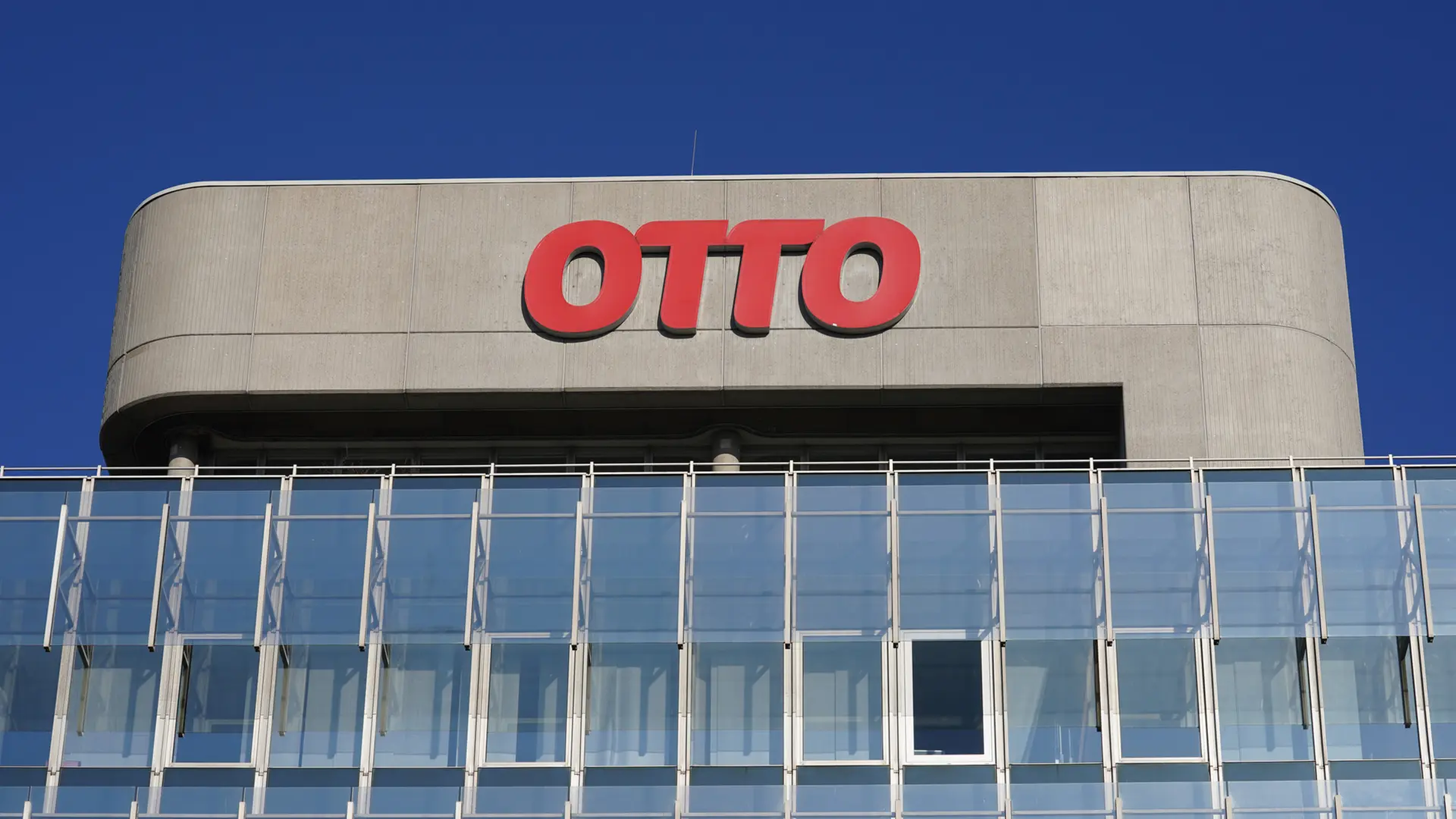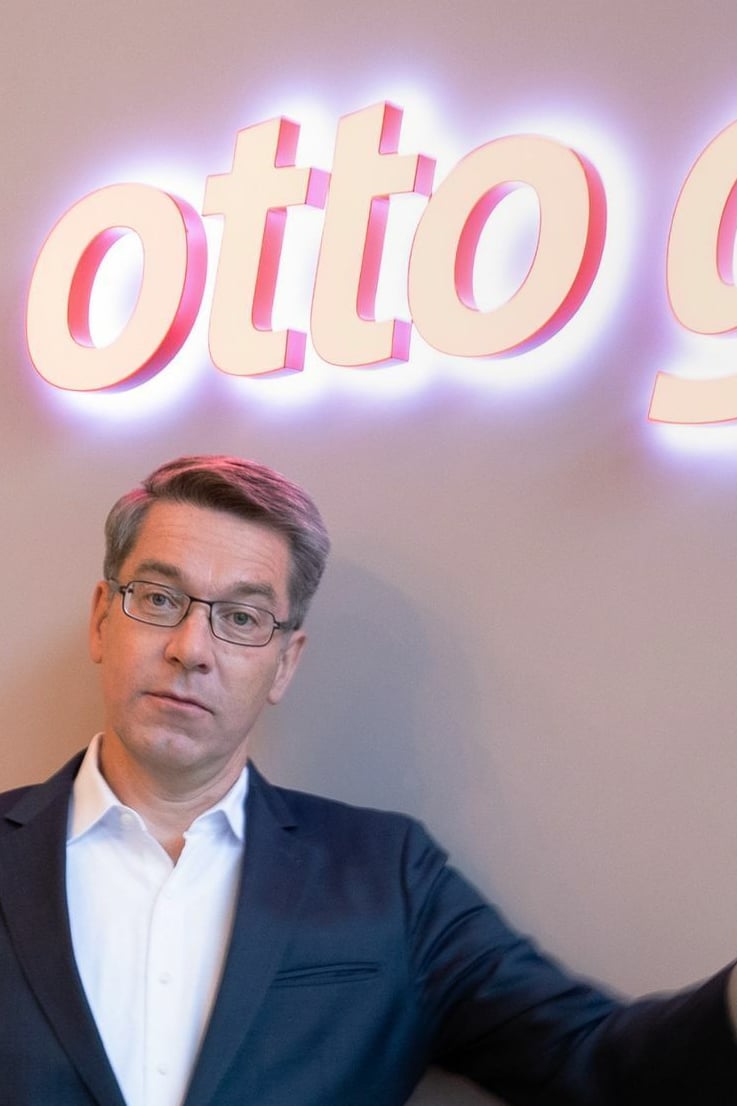Otto.de: Germany’s E-Commerce Veteran Reinvented

Introduction
In the vast world of online shopping, where new platforms pop up every year, otto.de stands out—partly because it isn’t new. It’s one of the pioneering companies in European mail-order and e-commerce, but it has repeatedly reinvented itself to stay relevant. That journey is full of lessons for retailers, tech innovators, and consumers alike. This article delves into how otto.de works, how it has evolved, what it does well, where it faces challenges, and why it still matters.
History & Evolution
Origins as a Mail-Order Company

Otto.de roots go back to 1949, when Werner Otto founded a mail-order business in Germany. For decades, catalogues were key: people would browse printed brochures, mark what they wanted, order, wait for delivery. That was the norm before the digital age. Over time, this model transformed gradually—new product categories, expansion of logistics, and customer service improvements.
By the mid-1990s, Otto wasn’t content just to mail catalogs; it was exploring what the Internet could mean for mail-order. In 1995, the company launched otto.de, marking its entry into online retail. At that time, very few retailers had big ambitions for the web; Otto saw early that shopping digitally would reshape consumer expectations.
Transition to E-Commerce & Marketplace Model
Over time, Otto.de shifted more and more of its revenue to online. In recent years, more than 90% of its orders are generated online. It also evolved its business model: besides selling goods directly from its own stock, it increasingly opened its platform to external sellers (a marketplace model). This allowed Otto to expand its assortment massively, offering millions more products without having to own or warehouse all of them.
Technical innovation also played a role. Otto updated its systems (e.g., using modern databases) to support faster catalog updates, better promotion targeting, and more responsive customer experience. These are investments that kept Otto competitive.
What Otto.de Offers: Services & Products
Extensive Assortment
One of Otto.de strengths is its sheer range of products. From fashion and lifestyle to home furnishings, electronics, kitchen, sporting goods, etc., the variety is huge. They carry brands in multiple size ranges (including plus/curvy for women) and offer many styles. There is often something for most kinds of shoppers.
Because of the marketplace model, third-party vendors contribute a huge number of items, increasing choice. As of a recent report, Otto.de has over 18 million products from tens of thousands of brands. That makes it one of the largest marketplaces in Germany by selection.
Customer Experience & Services
Having a large catalog is one thing; making shopping pleasant is another. Otto.de invests in services: customer advice, returns, tech and logistics, furniture installation, old-device pickup (“Altgerätemitnahme”), etc. They also run sustainability efforts: marking more eco-friendly products, looking at packaging alternatives, and integrating social responsibility into their operations.
They also provide flexible payment options (including instalments), and shipping service levels. There’s effort in making the website/mobile experience responsive, because many users access via smartphones/tablets. The tech infrastructure is built to handle large numbers of daily visits and dynamic updates.
Strengths & Competitive Advantages
Established Brand & Trust
Otto isn’t a startup. Its decades of presence in Germany give it a brand recognition and credibility many newcomers lack. That helps with customer trust, especially for big-ticket items like furniture or electronics. Many consumers feel safer buying from Otto than from a completely unknown overseas seller. Also, with its history in mail order, Otto has long dealt with logistics, customer service, and returns—specialties that still matter heavily in e-commerce.
Marketplace Scale + Own Inventory
By combining its own stock with a large marketplace of external sellers, Otto can balance inventory investments vs variety. That hybrid model allows rapid expansion in product offering without over-committing to owning everything. Also, external sellers bring in specialization, niche items, or local goods that Otto might not source directly. It increases competitiveness, especially against giants like Amazon.
Sustainability & Social Responsibility
Otto has been ahead of many e-commerce players in integrating sustainability into its operations. Whether through sustainable product labelling, packaging innovations, or environmental goals, its corporate responsibility is more than token gestures—it is part of strategy. In markets like Germany (where consumers often care about environmental impact), this is a differentiator.
Challenges & Weaknesses
High Competition & Margin Pressure
Otto operates in one of the most competitive e-commerce markets in Europe. Giants like Amazon, along with numerous specialized online shops and marketplaces, push hard on price, logistics speed, and customer expectations. Margins can suffer, especially as external sellers demand favorable terms and consumer expectations for free/fast shipping rise. Otto has to maintain infrastructure, tech, supply chain, and at the same time ensure good prices.
Moreover, with marketplace volume growing, Otto might be cannibalizing its own direct sales—i.e. customers buying from third-party vendors on Otto rather than directly from Otto’s inventory. While variety improves, profitability can be more complex.
Logistics, Returns, and Quality Control
Because Otto sells from many external partners, ensuring consistent quality, reliable delivery, fair return policies, and good customer support is tougher. Different vendors have different standards. For large items (furniture, appliances), logistics becomes harder and more costly. The risk of damage, delays, or mismatches grows. Otto must monitor vendors, vet them, and sometimes intervene when problems occur. Otherwise trust erodes.
Returns are especially challenging: high volume, large size, cost to ship bulky items back, inspect them, restock or dispose. These are costs that eat into profits.
Profitability & Financial Sustainability
Despite its successes, Otto has faced large losses in some years. The transformation from catalog mail order to a digital marketplace—investment in tech, logistics, supplier management, marketing—costs money. Operating costs are high. And in a marketplace model, although sales volume may grow, net margins tend to be lower per unit when a portion of sales are via third-parties. Otto needs high volume, efficient operations, and scale to maintain profit. A misstep in cost control or customer satisfaction can erode gains.
Otto.de in Numbers & Market Position
- Otto is part of the Otto Group, headquartered in Hamburg, a major player in European retail and e-commerce.
- In a recent year, its revenue was about €7 billion (GMV growth ~9%) and number of active customers above 11-12 million.
- The number of offered products is above 18 million via its marketplace + direct offerings.
- In visitor traffic, it often registers several million visits per day; many users access via mobile devices.
This puts Otto as one of the top online shops in Germany. While it may not always match Amazon in scale or speed, its combination of breadth, trust, service and brand gives it a strong position.
Why Otto.de Still Matters: Lessons & Implications
For Consumers
For shoppers, Otto offers a “one-stop shop” feel: many product categories, solid service, trusted name. It tends to strike a balance between price, quality, selection, with added benefits like flexible payments, installation services, environmental options.
Consumers who care not just about getting something cheap but about how it’s delivered, how sustainably, and whether the process (returns, customer service) is easy—Otto often excels relative to lesser players.
For Sellers & Brands
For external sellers, otto.de represents a large, established marketplace with access to millions of customers. Joining it can open up reach. But sellers must meet German legal, tax and quality standards, which can be more demanding than some lax marketplaces. Also, competition among sellers is high; prices and logistics expectations are strong.
For the E-Commerce Industry
Otto’s transformation from catalog sales to a hybrid marketplace model is instructive. It shows how legacy retailers can adapt—not just by adding a website, but by rethinking supply chain, tech stack, product sourcing, vendor relationships, and customer experience.
Its emphasis on sustainability (packaging, sourcing, labelling) is also instructive: as consumers increasingly demand ethical and green practices, such strategies are no longer optional.
Looking Ahead: Opportunities & Risks
Opportunities
- Further Marketplace Growth: As more third-party sellers join, Otto can expand its assortment and appeal. This also opens up additional revenue streams (commissions, advertising).
- Technology Innovation: Better AI for personalization, augmented/virtual reality for furniture placement, more efficient logistics, and improved mobile user experience may provide competitive edges.
- International Expansion & Cross-Border Trade: Reaching customers outside Germany more effectively could expand market size. However, regulatory, shipping, tax issues will need robust handling.
- Sustainability & Ethical Branding: As consumers globally care more about carbon footprint, fair labor, eco materials, Otto’s established credibility here could be a differentiator.
Risks
- Intense competition, especially from Amazon, Temu, Alibaba-style marketplaces, or niche specialist stores. These may under-price or out-deliver in specific categories.
- Cost escalation: shipping, returns, logistics for bulky goods; adapting vendor infrastructure; maintaining high customer service – all cost money.
- Maintaining trust: as marketplace scale increases, ensuring vendor reliability, product authenticity, delivery times becomes harder. Any systematic lapses (fake goods, misleading returns, fraudulent sellers) can erode customer confidence.
- Regulatory / tax / cross-border trade complexity: Especially with international operations, compliance is nontrivial.
Conclusion
Otto.de is more than just another online shop. It’s a case study in adaptation: of transforming from a mail-order catalog business to a modern, hybrid marketplace; of balancing product range with service expectations; of investing in sustainability ahead of many peers; and of trying to stay profitable in a high-cost, highly competitive sector.
For shoppers in Germany and Europe, Otto remains a very real choice. For businesses, it’s a serious platform. For the industry, it’s a reminder that legacy and tradition are not barriers—but inertia is. What matters is how well you evolve.
If I were advising Otto, I’d say: double down on tech (especially mobile user experience, speed), tighten vendor quality control, explore more “green” differentiators, and keep an eye on profit per transaction as much as on total volume.



